Choosing paints for batik
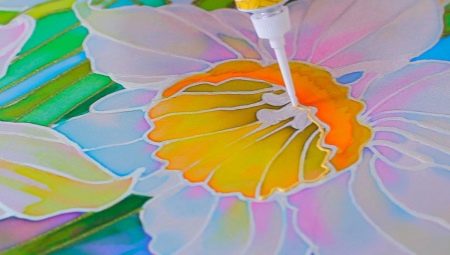
By painting on fabric, you can create unique, one-of-a-kind items from standard wardrobe items. The process of creating masterpieces on fabric is so exciting that it can go beyond a hobby and turn into an additional or even the main source of income. Most of the girls are engaged in batik as a hobby, create clothes for themselves, friends and relatives. This hobby helps to take a break from the daily hustle and bustle, to get distracted and get pleasant emotions.
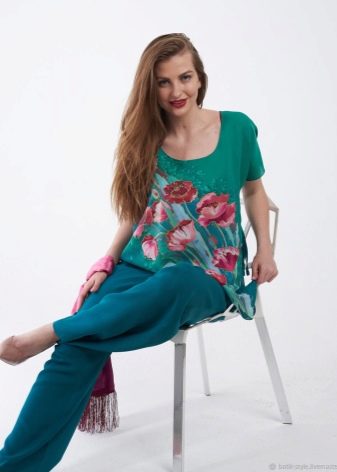
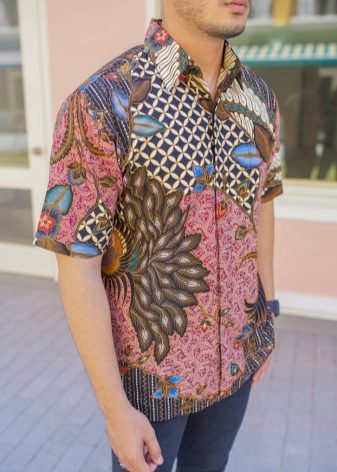
What is batik?
Batik is the art of hand-painting fabrics using various reserving means, which appeared more than 2 thousand years ago. It is known that it was officially brought into a separate art form on the island of Java around the 8th century. From there, painted silks came to Europe thanks to traders from Holland. Similar techniques were practiced by oriental masters from India, China, Southeast Asia, as well as by craftsmen from North America.

In order to start painting on fabric, you need to buy a frame, silk, brushes of the required softness, reserve composition and paints. There are two main types of this technique.
- Cold batik: a drawing is applied to the product, a reserve composition is applied to its contours, which prevents the dye from spreading outside the image. In this case, the reserve is applied with a special tube, and when the fabric dries up, it is painted with liquid dyes.
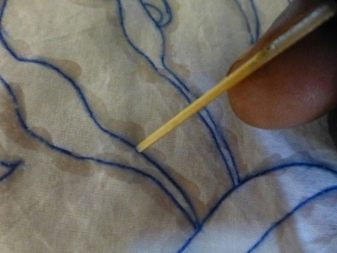

- Hot batik: after applying the contour, the canvas is covered with hot wax, then they begin to paint the product, and the painted areas are covered with a new layer of wax. Then the dried paraffin is removed with an iron and paper.
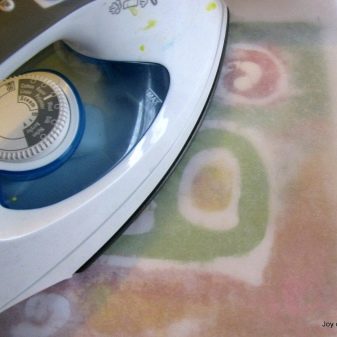
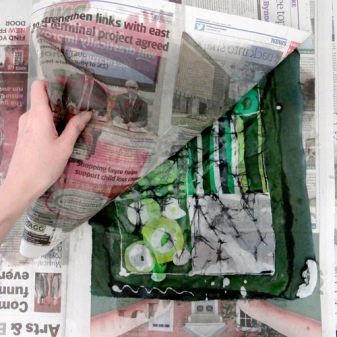
Types of paints
So, to start creating masterpieces on fabric, you need to stock up on special paints for batik. Art shops abound in a variety of products.You can find on sale ready-made sets of a beginner fabric painting master, as well as purchase paints separately. To understand how this or that dye is attached to the fabric and how long it lasts, you need to study their varieties.
Today the assortment of batik paints is quite large, and inexperienced beginners sometimes do not know what to choose.
Let's say right away that dyes marked TEXTILE are not needed in this case. You need to choose paints marked SILK, "For batik" or "Silk".
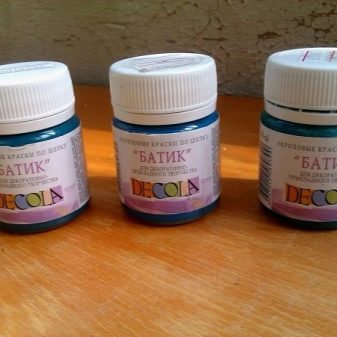

The most popular paints are divided into two groups:
- acrylic, which are easily fixed with an iron;
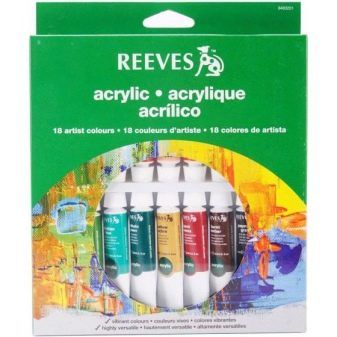
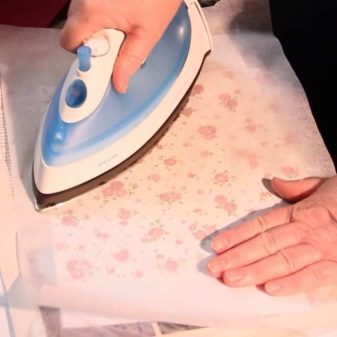
- aniline, more difficult to use, which are sealed onto fabric only with a powerful jet of steam.
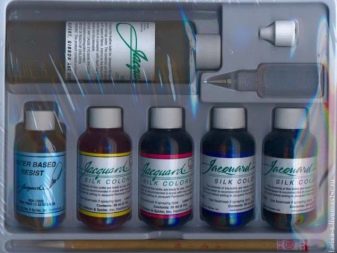
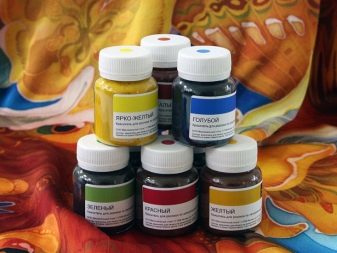
Today, acrylic dyes are more popular among hand-made lovers, since it is easier to work with them, but steam-set paints have their own advantages. Let's take a closer look at the properties of these products.
Acrylic
They can be produced not only in jars, but also in cans and tubes that are more convenient for work. Acrylic is formed from acrylic acid and belongs to polymeric materials. Plexiglas is the ancestor of polymers. Since these paints dry quickly, do not forget to wash your brushes and palette before this happens, otherwise it will be difficult to cope with the dried composition. When washing, they can gradually wash off, which means that it makes no sense to paint clothes for everyday wear with them.
They usually have the inscription "Acrylic" or there is an image of an iron. Most often, you can find products of Russian firms in handicraft stores. Gamma, Decola, Love2art, Olki. They are notable for their low cost, so they are quite suitable for those who take their first steps in painting fabric.
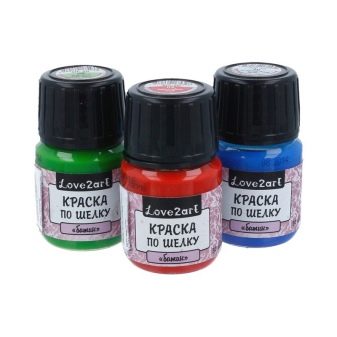
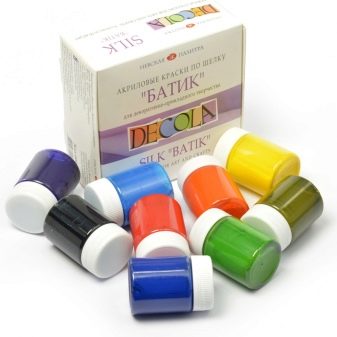
For more advanced batichists, paints from foreign manufacturers can be recommended. Unlike the previous ones, they do not make the fabric heavier, and their color palette is more diverse. True, for all these advantages you have to pay more money. Popular brands in this group include Pebeo, Marabu and Javana.


Usually, acrylic is not used for painting wardrobe items, because clothes are painted only with steam-fixed paints.
If you work with powders, then you need to carefully grind the pigment, otherwise some surviving crystal will appear in the most inappropriate place.
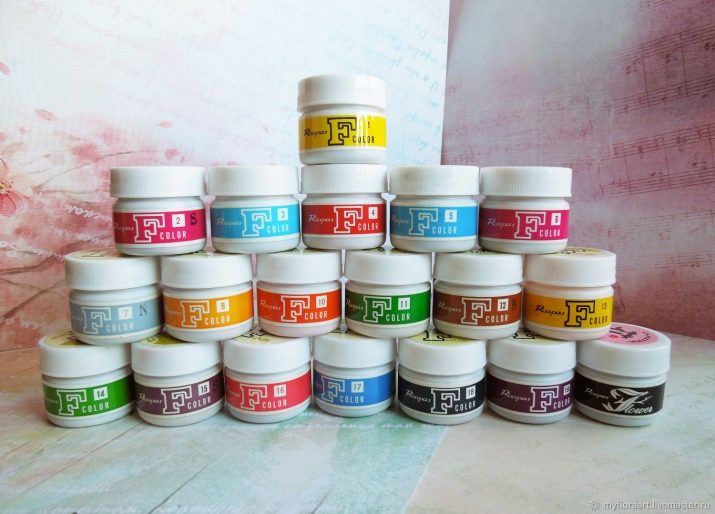
Aniline
Such dyes are more often used by craftsmen who have been mastering this art for a long time. The fact is that it is much more difficult to fix the drawing with steam, and with a lack of experience, all the work can go down the drain. Their coloring properties are much higher than that of acrylics - the material is painted over better, therefore, the drawing looks as bright from the seamy side as from the front. Silk remains light and airy, while acrylic sometimes creates a weighty effect.

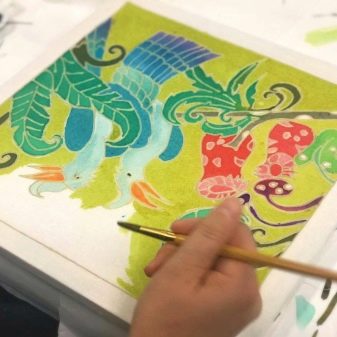
You can use a large pot of water to cure the paint with steam, but an autoclave is more reliable. This device allows you to get steam at a very high temperature and builds up pressure. There are special autoclaves for batichists for sale that can be used at home. Optimum performance for work is 0.5 atm and temperature + 102-104 degrees. After warming up for 20 minutes, the product is steamed for 50 minutes.
You also have the option of contacting a medical facility if you know someone there and using a hospital autoclave to sterilize the laundry. The fabric is brought collected on a roll and laid over with wrapping paper.
Inexpensive, but high-quality paints are produced by the above-mentioned company "Gamma". The set includes 11 colors. The disadvantages of the product of this budget Russian company include the fact that after the first wash, the color fades slightly.

If you are willing to pay more for paint, then opt for dyes. Dupont. Their color scheme, saturation of shades and good fixation on silk have become undoubted advantages, but they need to be steamed for three hours. AvantGarde has the same excellent quality and considerable price. Jacquard surpasses these brands as it is sold with a paint fixer - you just need to rinse the product in it and the color will be fixed.
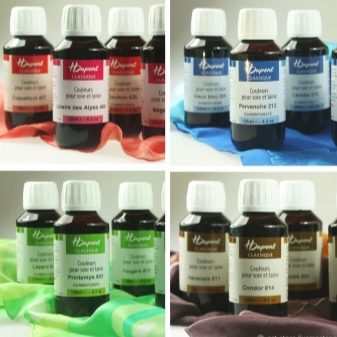
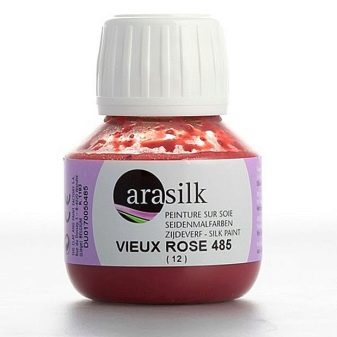
Remember that aniline is poisonous. If you have to work not with a liquid composition, but with a powder, then try to protect yourself from volatile particles.
Advantages:
- working with them, you can not be afraid that the paints will dry out on the palette, they can be diluted again at any time;
- if the smear is too bright, then you can wash off all excess with water at any time.
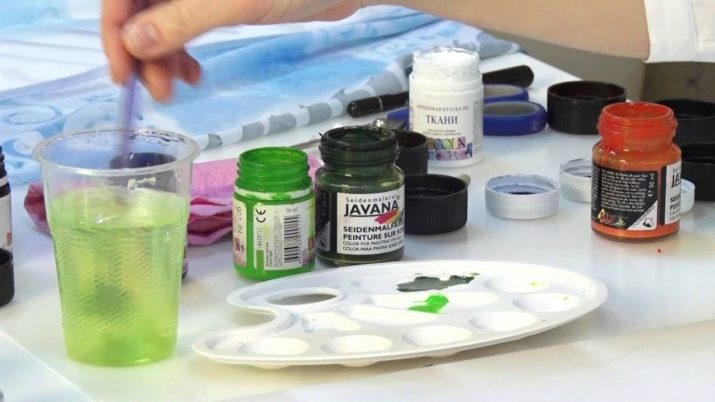
There are other paints for creating designs on clothing. For example, stamp - they are most often used for applying brand labels, marking things in hotels, etc. Plastisol paints allow you to create glowing patterns.
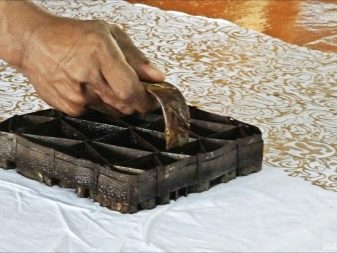
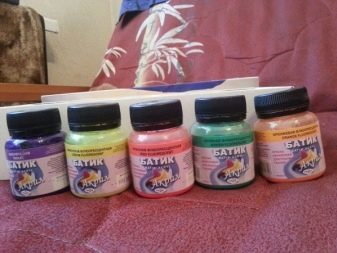
At first glance, the techniques of hot and cold batik seem complicated, but such an impression is formed only when you get to know them. Everyone can learn to paint beautiful paintings on fabric, as well as paint clothes or decor items, creating unique works of authorship. Summing up, let's say that the choice of paints depends on the degree of your preparation and purpose: for clothes, in any case, the advantage will be on the side of aniline paints, but for beginners it is easier to work with acrylic.
Do not be afraid to master a new hobby and you will be able to please your friends and loved ones with beautiful exclusive things in a single copy.
For the types of batik paints and their features, see below.








